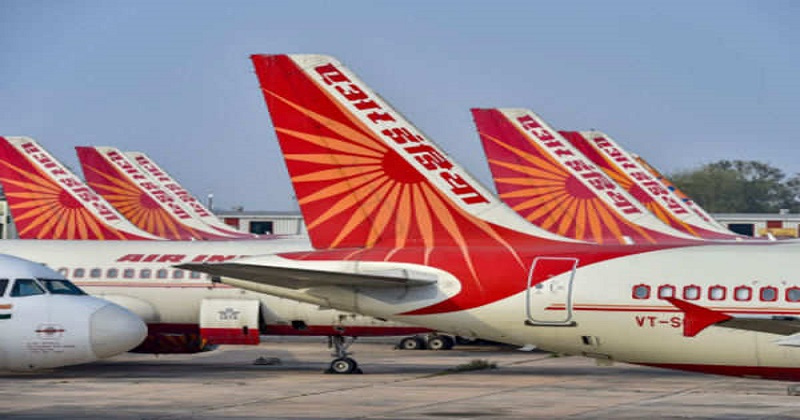
The Employees’ Provident Fund Organisation (EPFO) has onboarded Air India for social security coverage, which means that around 7,453 Air India employees will receive an extra 2% employer contribution at 12% of their wages. Earlier this month, Air India applied for voluntary coverage under section 1(4) of the EPF and MP Act 1952, which was approved in a gazette notification dated January 13 with effect from December 1, 2021.
The employees had previously been covered by the PF Act of 1925, which had stipulated that each employee and the employer contributed 10% to the provident fund. The Employees’ Provident Fund Act, which now covers Air India, provides a guaranteed minimum pension of 1,000 to employees and their families in the event of their death. A minimum insurance benefit of 2.50 lakhs and a maximum of 7 lakhs will be available in the event of a member’s death. EPFO covered employees do not have to pay a premium for this benefit.
The PF Act 1925 covered two separate companies, Air India and Indian Airlines, since 1952-53. In 2007, both the companies merged into one company- Air India Ltd. The Provident Fund Act of 1925 provided PF benefits, but no statutory pension scheme or insurance scheme existed. Pension plans based on annuities were offered to employees as a self-contribution plan. In accordance with the scheme parameters, the accumulations were paid to the employees. ‘There is no minimum pension guarantee and no extra benefit in case of death of a member,’ a statement of the ministry of labour and employment said.
On January 27, all formalities of the divestment process were completed, and Air India was handed over to the Tata Group. Air India previously stated that its current employees would be retained for one year and there would be no layoffs. As of the second year, any sacked former employees will be considered as paid VRS.

Post Your Comments